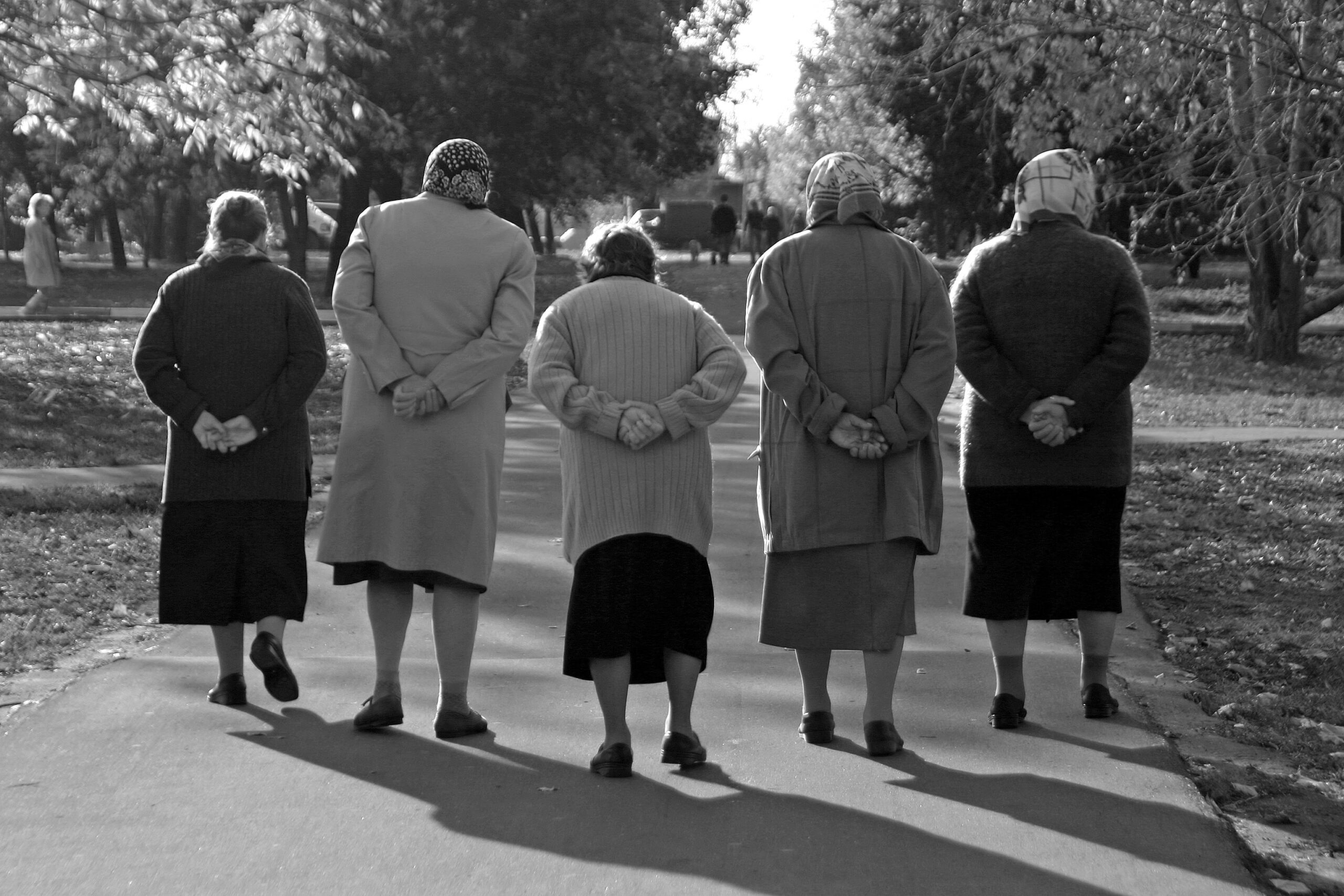It’s easy to get discouraged about exercising regularly when age, arthritis, an illness or injury makes it harder to keep pace with friends or family on a walk or while cycling or playing a sport. But keeping moving, even at a slower pace, can have significant health benefits for older adults. And even if walking outdoors requires the help of an assistive device like a cane or hiking poles, and frequent stops to rest, a recent study has found that walking with modifications can help preserve the ability seniors have to maintain their outdoor mobility.
Staying mobile and being able to move around outdoors and away from the home is an essential factor in predicting how long elderly adults can remain living independently. A recent Finnish study of seniors between the ages of 75 and 90 found that older people who adopted walking modifications like pausing for a rest when needed, using a cane or slowing their walking speed were more likely to report their satisfaction with the area they covered (called life-space mobility) and their outdoor mobility opportunities. Those who cut back on how long or often they walked reported shrinking life-space mobility and fewer opportunities for outdoor mobility.
Those who cut back on how long or often they walked reported shrinking life-space mobility and fewer opportunities for outdoor mobility.
What the study tells seniors and their caregivers is that keeping up with a daily walk, even if rest stops are necessary or the pace is slower, help preserve not only physical function but also the overall quality of life. If using walking poles are necessary to keep an older adult feeling stable and able to continue with their daily constitutional, it’s a modification worth employing. Seniors who cut short or avoid physical activity because they are slower or need occasional breaks are gradually causing themselves to become frailer and less able to enjoy daily outdoor activities. Staying physically active not only helps maintain fitness and prevent falls by strengthening muscles, getting outdoors in nature is good for emotional well being and presents more opportunities for social interaction.
While the Centers for Disease Control and Prevention recommends that adults over the age of 65 walk briskly for an average of 30 minutes each day, even if you don’t meet the guidelines, it’s important not to give up entirely. Moving more, even at a slower pace, is beneficial for health, wellness and physical function. Learn more walking tips by following this link to HealthinAging.org.






Add Your Voice
0 Comments
Join the Discussion